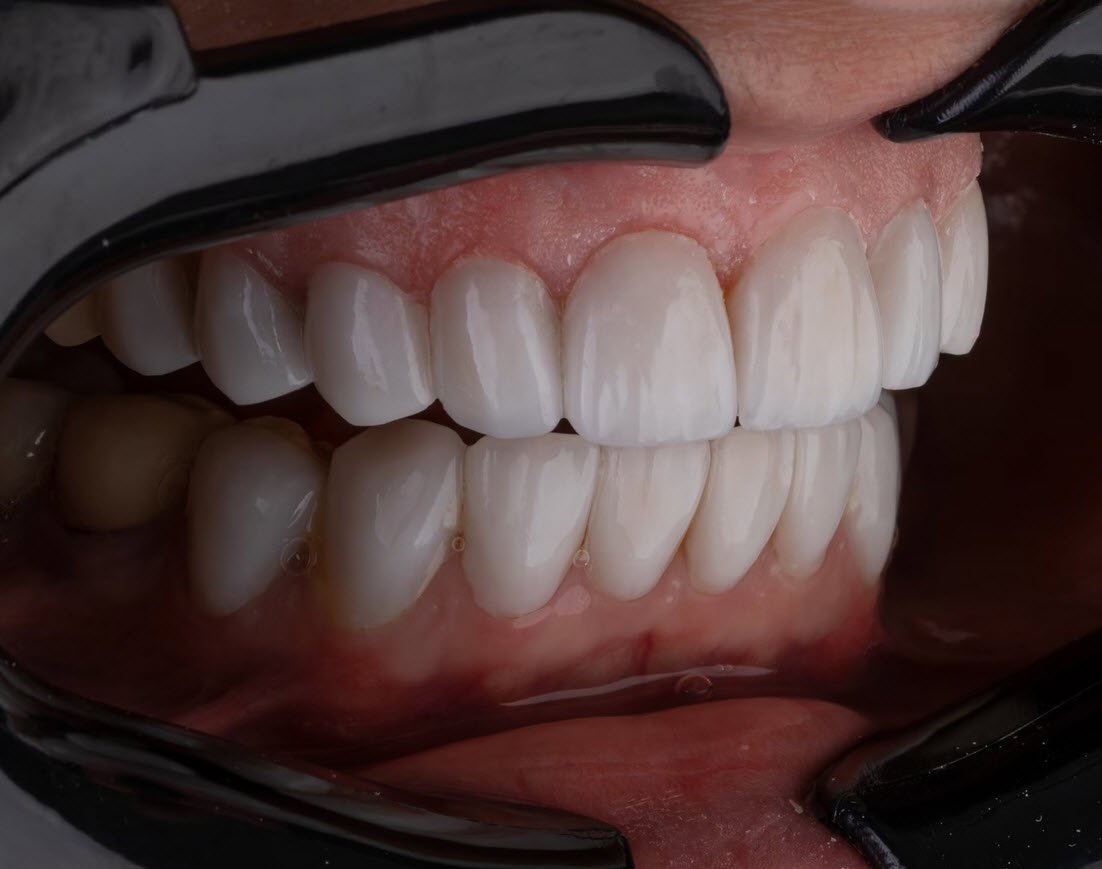
Taking care of your skin is often overlooked, yet it’s one of the most important aspects of maintaining overall health and well-being. Whether for hygiene, aesthetic appeal, or simply to keep your skin healthy, skin care is something that everyone should practice regularly.
The good news is that basic skin care doesn’t have to be complicated or time-consuming. In fact, it can be as simple as a two-step process that anyone can follow.
The Importance of Skin Care
Our skin is the largest organ of the body and acts as a protective barrier against environmental factors such as dirt, pollution, and UV rays. Over time, these elements can take a toll on your skin, leading to issues such as dryness, irritation, and premature aging. Regular skin care not only helps to protect your skin from these factors but also ensures that it stays healthy, smooth, and youthful-looking.
Many people believe that skin care is only necessary for those with specific skin concerns or those who are particularly vain about their appearance. However, skin care is essential for everyone. It’s not just about looking good—it’s about maintaining the health of your skin, which plays a crucial role in your overall well-being.
Step 1: Cleansing
The first and most crucial step in any skin care routine is cleansing. Cleansing helps to remove dirt, oil, makeup, and other impurities that accumulate on your skin throughout the day. If left on the skin, these impurities can clog pores, leading to breakouts and other skin issues.
When it comes to choosing a cleanser, it’s essential to consider your skin type.
Skin types generally fall into three categories: oily, dry, and combination.
Oily Skin: If you have oily skin, your skin produces more sebum (oil) than necessary, leading to a shiny appearance and a higher likelihood of acne. For oily skin, it’s best to use a cleanser that is oil-free and designed to remove excess oil without stripping the skin of its natural moisture.
Dry Skin: Those with dry skin may experience flakiness, redness, and a tight feeling after washing their face. A cream-based cleanser is ideal for dry skin as it helps to hydrate and soothe the skin while gently removing impurities.
Combination Skin: If you have combination skin, you may have an oily T-zone (forehead, nose, and chin) and dry or normal skin on the cheeks. A gentle, balanced cleanser that addresses both oily and dry areas is the best choice for combination skin.
Facial skin is more delicate than the skin on the rest of your body, so it’s essential to use a cleanser specifically formulated for the face. Avoid harsh soaps that can dry out your skin, and instead, opt for a gentle cleanser that matches your skin type. Cleansing should be done twice a day—once in the morning to remove sweat and oils that accumulate overnight and once in the evening to remove dirt and makeup from the day.
Step 2: Exfoliation
Exfoliation is the process of removing dead skin cells from the surface of your skin. These dead cells can make your skin look dull and rough, and they can also clog pores, leading to breakouts. By exfoliating, you’re helping to reveal the fresh, new skin cells underneath, giving your skin a smoother, brighter appearance.
There are two main types of exfoliation: physical and chemical.
Physical Exfoliation: This involves using a scrub or brush to manually remove dead skin cells. Physical exfoliants often contain small, gritty particles that help to slough off the dead cells. However, it’s important to choose a scrub that is gentle on the skin, as harsh scrubs can cause micro-tears in the skin and lead to irritation.
Chemical Exfoliation: Chemical exfoliants use acids or enzymes to dissolve dead skin cells. Common ingredients include alpha hydroxy acids (AHAs) and beta hydroxy acids (BHAs). AHAs, such as glycolic acid, are water-soluble and work on the skin’s surface to brighten and smooth. BHAs, such as salicylic acid, are oil-soluble and can penetrate deeper into the pores, making them ideal for acne-prone skin.
Exfoliation should be done 1-3 times a week, depending on your skin type and the exfoliant you’re using. Over-exfoliating can strip the skin of its natural oils and cause irritation, so it’s important to find a balance that works for your skin.
Additional Skin Care Tips
While cleansing and exfoliation are the foundation of a good skin care routine, there are a few additional steps you can take to further enhance the health and appearance of your skin:
- Moisturizing: After cleansing and exfoliating, it’s important to apply a moisturizer to keep your skin hydrated. Even if you have oily skin, moisturizing is crucial as it helps to balance your skin’s natural oils. Look for a moisturizer that suits your skin type—lightweight for oily skin and richer for dry skin.
- Sun Protection: UV rays are one of the leading causes of premature aging and skin damage. Applying sunscreen daily, even on cloudy days, is essential to protect your skin from harmful UV rays. Look for a broad-spectrum sunscreen with an SPF of at least 30.
- Hydration: Drinking plenty of water is vital for maintaining healthy skin. Staying hydrated helps to flush out toxins and keep your skin plump and youthful.
- Healthy Diet: A balanced diet rich in fruits, vegetables, and healthy fats can have a positive impact on your skin. Foods high in antioxidants, such as berries and leafy greens, help to protect your skin from environmental damage.
- Adequate Sleep: Getting enough sleep is crucial for skin repair and regeneration. Aim for 7-9 hours of sleep per night to ensure your skin has time to rejuvenate.
Conclusion
Skin care doesn’t have to be complicated or time-consuming. By following a simple routine of cleansing and exfoliation, along with additional steps such as moisturizing and sun protection, you can maintain healthy, beautiful skin.
Remember, the key to effective skin care is consistency. With regular care, your skin will thank you by looking and feeling its best.








